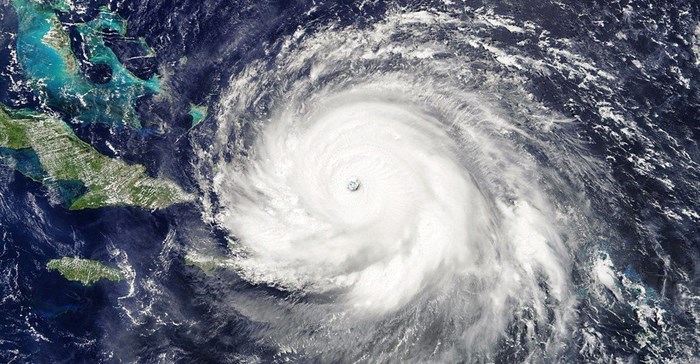
Top stories




Capacity climbed 5.3% and load factor edged up 0.3 percentage points to 81.6%, which was a record for the month of September.
"September’s growth in passenger demand was healthy, notwithstanding the heavy impacts of extreme weather events on the Americas," said Alexandre de Juniac, IATA’s director general and CEO. "Global economic conditions support rising passenger demand, but with higher cost inputs, the demand stimulation from lower fares has waned, suggesting a moderating trend in traffic growth."

International RPKs climbed 6.5% with airlines in all regions recording growth compared to 2016. Total capacity climbed 5.6%, and load factor rose 0.7 percentage points to 81.3%.
• Asia-Pacific airlines’ traffic rose 8.7% in September compared to the year-ago period, the strongest growth among regions. Capacity increased 7.8%, and load factor climbed 0.6 percentage points to 78.3%. A solid regional economic backdrop, helped by robust growth in China, is supporting passenger demand within the region.
• European carriers saw September demand rise 7.1% over September 2016, in line with August growth of 7.0%. The upward trend in seasonally-adjusted demand has slowed considerably since May, but business confidence remains high and the economic backdrop is supportive. Capacity rose 5.2% and load factor surged 1.6 percentage points to 86.8%, which was the highest among regions.
• Middle East carriers had a 3.7% rise in demand, the slowest rate of increase since February 2009. The Middle East-US market has been hit hard by the now lifted cabin ban on large portable electronic devices, as well as the various proposed travel bans to the US. Traffic between the region and the US has fallen for six consecutive months through August (the most recent month for which route data are available). Capacity rose 4.3%, and load factor slipped 0.4 percentage points to 74.5%.
• North American airlines experienced a 3.0% rise in demand in September. Capacity rose 3.6% and load factor fell 0.5 percentage points to 81.0%. In addition to the impacts of hurricanes Irma and Maria, anecdotal evidence continues to suggest that inbound traffic to the US is being deterred by additional security measures now involved in traveling to the country.
• Latin American airlines’ performance also was affected by hurricane activity but strong underlying demand meant that traffic rose 8.5% compared to the same month last year. Capacity climbed at the same rate and load factor was flat at 82.2%, the second highest among regions.
• African airlines posted a 3.6% rise in traffic in September, down from 6.5% in August. Capacity rose 0.3% and load factor jumped 2.4 percentage points to 73.8%. Conditions in the region’s two largest economies—Nigeria and South Africa, are diverging again, with business confidence levels in South Africa consistent with falling output.
De Juniac expressed the aviation industry’s solidarity with the victims of the hurricanes and emphasised the importance of aviation’s ability to deliver aid and support. "Our hearts go out to all those affected by the recent extreme weather events, which uprooted lives and communities and dealt heavy blows to local economies in the affected areas. It is at times like these that we truly see the vital role that aviation plays in disaster relief, bringing in much needed first responders and aid workers, as well as supplies, food and medicines to those in need," said De Juniac.